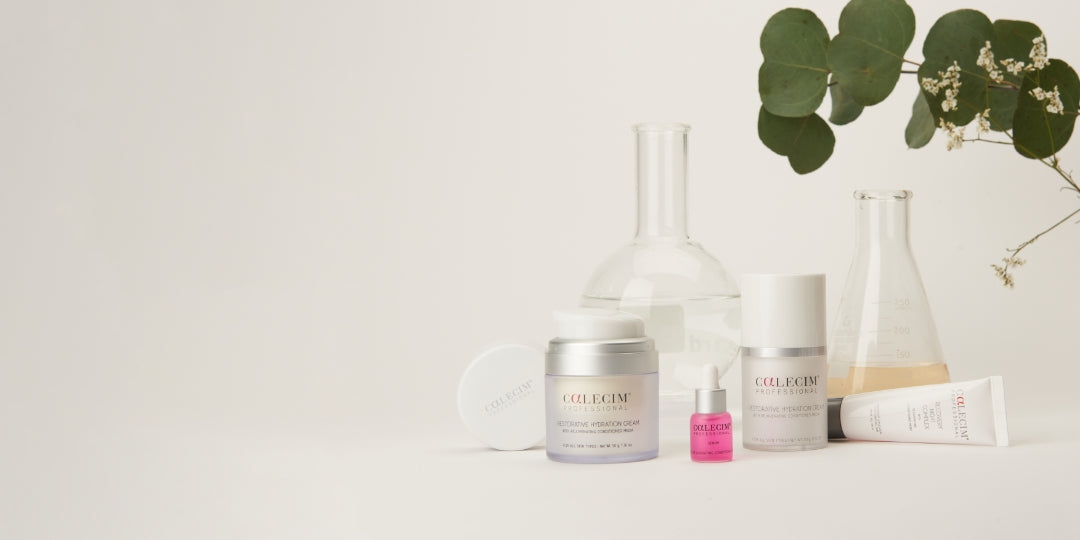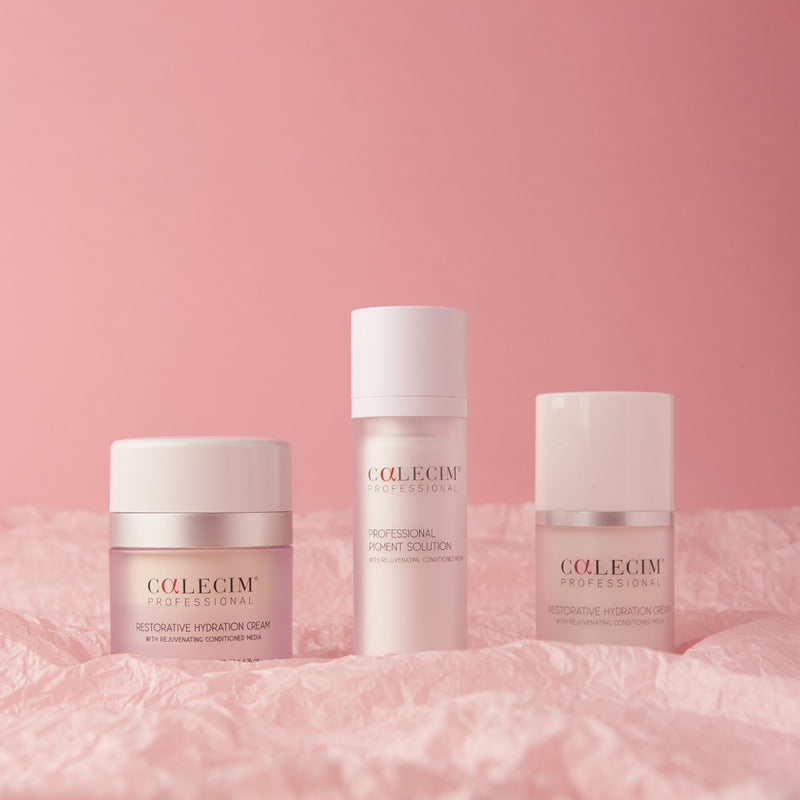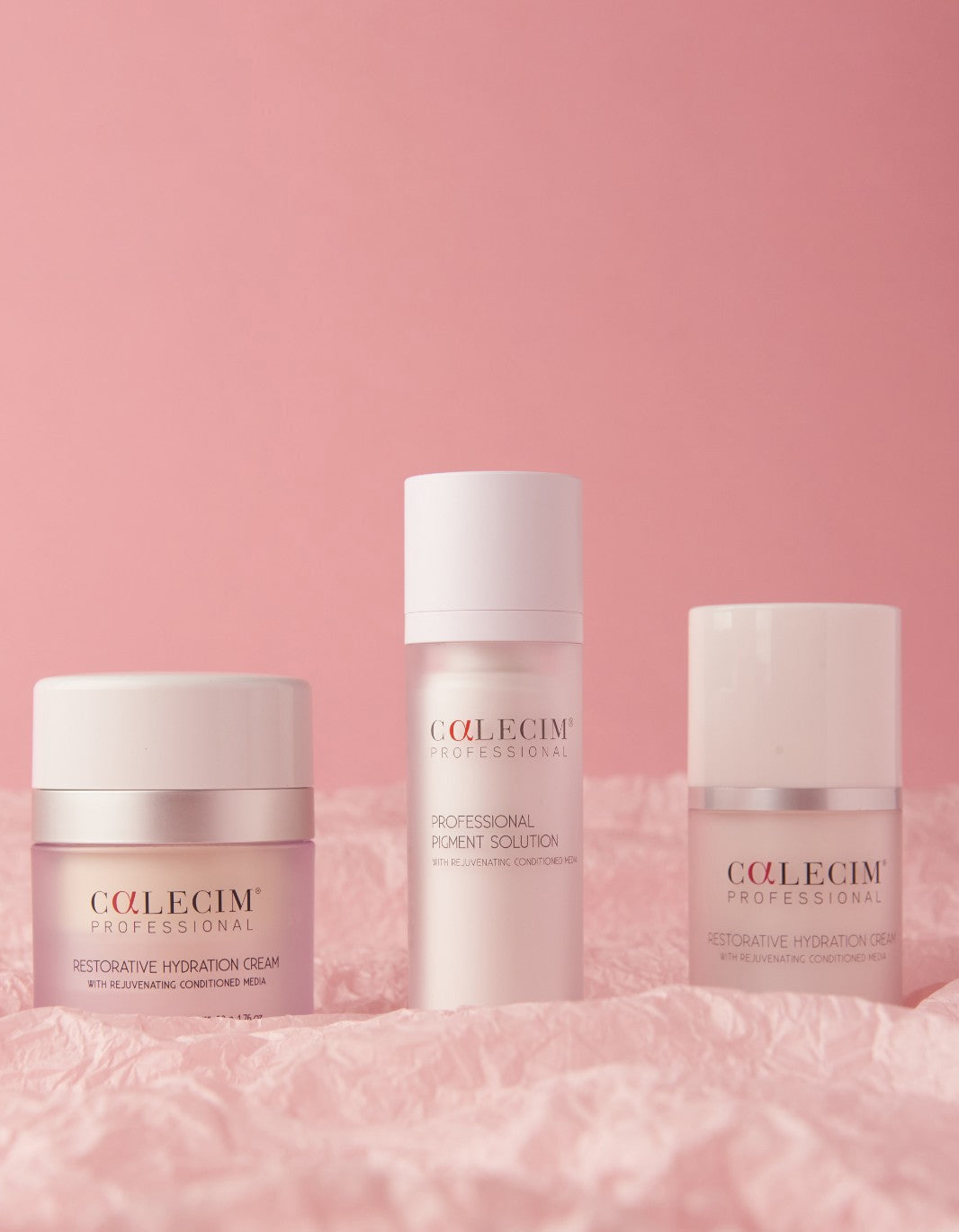A beauty revolution: why exosomes are more than just a buzzword
As stem-cell innovation reimagines traditional beauty, doctors explain how the breakthrough ingredient fights hair loss and visible signs of ageing, and why it will soon be a staple in one’s skincare routine.
Published in

When it comes to the beauty industry, the past century has seen its share of disruptive ingredients and formulas. But consider the trajectory of products such as chemical sunscreen and retinol serums: yesterday’s skincare marvels are today’s off-the-shelf mainstays.
As consumers grow increasingly savvy about what goes on their skin, demand has intensified for clinically proven options that deliver visible results. One emerging ingredient seems to fit the bill.
There is currently a lot of excitement around exosomes, with medispas across the world introducing exosome-driven treatments and nearly every women’s magazine covering the topic since the start of 2024. But despite the chatter, there’s still an air of mystery, even among those well-versed in the ways of beauty: what exactly are exosomes, and how do they work?
Dr Munir Somji, an award-winning cosmetic surgeon and founder of the Dr MediSpa clinics in the UK, explains that exosomes are tiny messengers that deliver powerful instructions directly to skin cells, enhancing their ability to repair damage, reduce inflammation and promote a youthful appearance. They outperform conventional skincare because they don’t just hydrate or provide superficial improvements – they actually tell skin cells how to function better, regenerate faster and act younger. “It’s something that traditional formulas can’t match in terms of precision and biological effectiveness,” he says. “Exosomes are like a key unlocking the skin’s potential to heal from within.”

Dr Somji cites PTT-6, a proprietary ingredient from cosmeceutical brand Calecim, as a prime example of the technology in action. PTT-6 is a patented blend of exosomes, growth factors and cytokines backed by extensive clinical research and peer-reviewed publications. This particular formula is unique, says Dr Somji, because it taps into the power of exosome-like factors in a natural, ethically sourced way and in concentrations higher than other options on the market. Among the brand’s popular products are its Professional Serum and Recovery Night Complex. “I’ve seen impressive results, both personally and with patients,” says the doctor, among them improved skin texture, a reduction in fine lines, faster recovery from aesthetic treatments and overall healthier-looking skin.
The results aren’t reserved for skincare. Kelly Morrell, founder of the Scalp Confidential medical clinic and a hair-restoration technician, says she often recommends Calecim’s Advanced Hair System for patients experiencing balding and hair thinning. “Many clients come to me after spending hundreds, even thousands, of pounds on treatments that didn’t work for them,” she explains, adding that the six-week treatment is particularly suited to clients unresponsive to hair-loss medications and traditional therapies such as minoxidil, finasteride and platelet-rich-plasma therapy, which can have inconsistent results. “Harnessing this cell-signalling technology is game-changing,” she says.
With all its promise, will this technology eventually find its way into every beauty and grooming routine? Morrell thinks so. “Exosome-driven beauty is most definitely the future of skincare,” she says, adding that it’s the only way to deliver the better, longer-lasting results that consumers now demand. Dr Somji agrees, predicting an industry-wide shift towards personalised treatments that target specific skin concerns on a cellular level. “We’re just scratching the surface of what exosomes can do for beauty and skin health,” he says optimistically. In the meantime, it might be wise to make some space in the medicine cabinet.



































